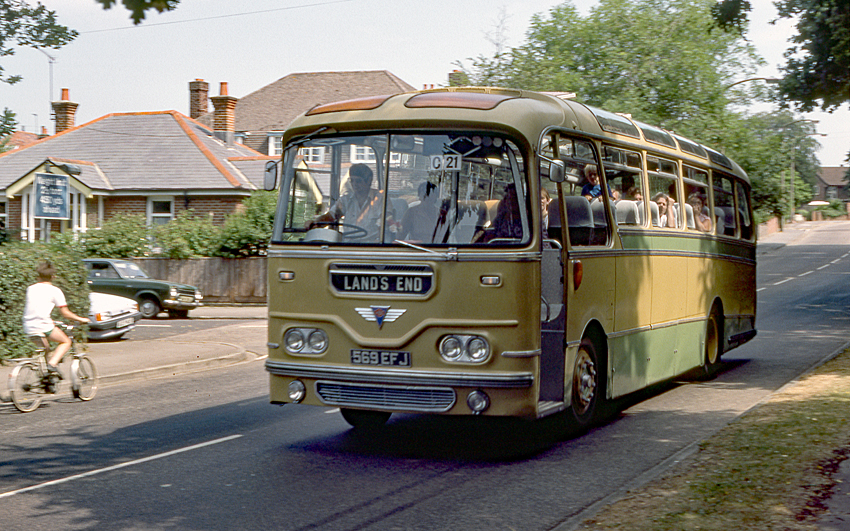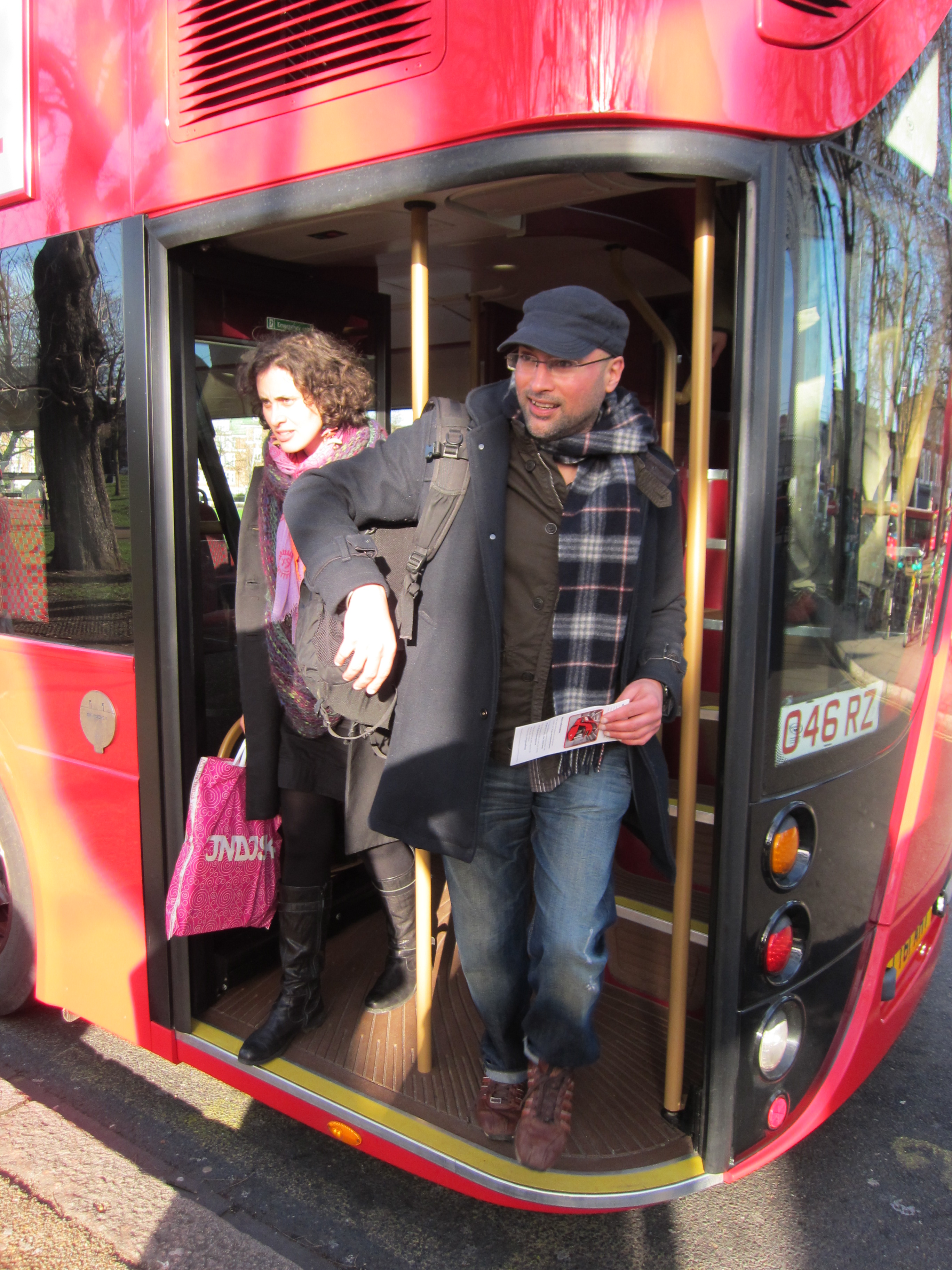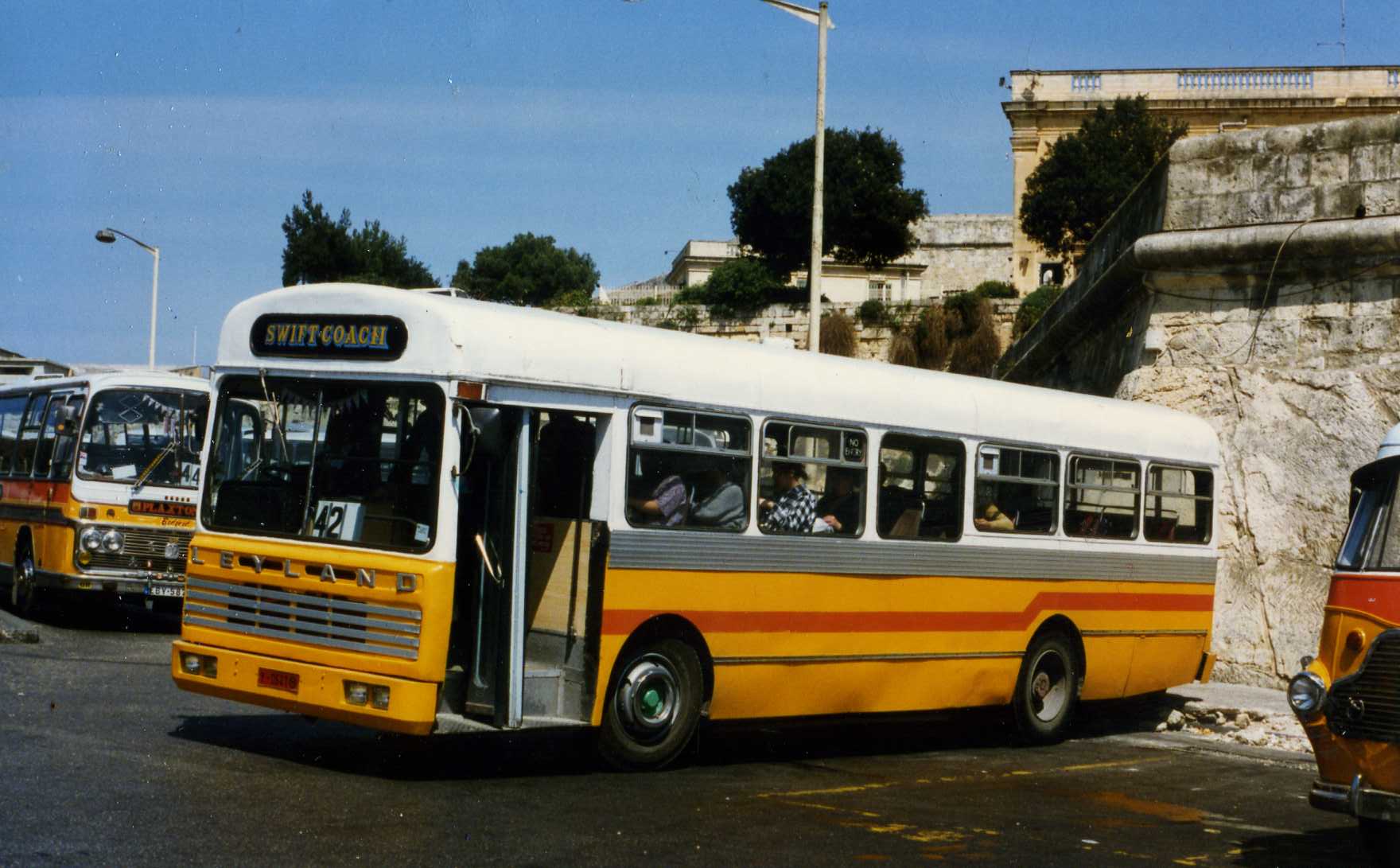|
List Of AEC Buses
This is a list of Associated Equipment Company (AEC) and London General Omnibus Company (LGOC) buses from 1909 to closure in 1979. LGOC / AEC (1909–1918) * LGOC X-type, X-type * LGOC B-type, B-type 1918–1941 * AEC K-type, K-type (1919–1926) * S-type (1920–1927) * AEC NS-type, NS-type (1922–1929) * 400-series * 500-series * AEC Renown#Models 411 and 413 (1925–26), Renown 411/413-series (1925–1929) * LS-type (1927–1928) * Reliance 660-series (1928–1932), transitional model featuring newly developed 6-cylinder engine in 1920s type chassis * LT-type (1929–1933), with six wheels; first 150 had outside staircases due to enforcement by the Metropolitan Police. Both single and double deck * ST-type (1929–1931), similar to LT-type, but shorter * Mercury 640/O640-series (1930–35), normal control 3.5 ton lorry sometimes bodied as a light coach * AEC Regal, Regal 662/O662-series (1929–40), principal AEC single deck model of the 1930s * AEC Regal, Regal 4 642/O64 ... [...More Info...] [...Related Items...] OR: [Wikipedia] [Google] [Baidu] |
Associated Equipment Company
Associated Equipment Company (AEC) was a British vehicle manufacturer that built buses, motorcoaches and trucks from 1912 until 1979. The name Associated Equipment Company was hardly ever used; instead, it traded under the AEC and ACLO brands. During World War One, AEC was the most prolific British lorry manufacturer, after building London's buses before the war. History Inception The London General Omnibus Company (LGOC) was founded in 1855 to amalgamate and regulate the horse-drawn Coach (carriage), omnibus services then operating in London. The company began producing motor omnibuses for its own use in 1909 with the LGOC X-type, X-type designed by its chief motor engineer, Frank Searle (businessman), Frank Searle, at works in Blackhorse Lane, Walthamstow. The X-type was followed by Searle's LGOC B-type, B-type design, considered to be one of the first mass-produced commercial vehicles. In 1912, LGOC was taken over by the Underground Electric Railways Company of London, Unde ... [...More Info...] [...Related Items...] OR: [Wikipedia] [Google] [Baidu] |
AEC Reliance
The AEC Reliance was a mid-underfloor mounted engined single-decker bus and coach chassis manufactured by AEC between 1953 and 1979. The name had previously been used between 1928 and 1931 for another single-decker bus chassis. History Two prototypes were completed in 1953, one with Duple coach bodywork and one with Park Royal bus bodywork. Production vehicles entered service from 1954. The last Reliance entered service in 1981. Following successive changes to Construction & Use regulations, the maximum length of the Reliance was increased twice from the original 30 feet: firstly, to permit an overall length of 36 feet from 1962; and later, to permit a length of 39 feet. Various AEC engines were fitted during the chassis's production, including the 7.7-litre AH470, 8.1-litre AH505, 9.6-litre AH590, 11.3-litre AH691 and 12.4-litre AH760. Transmissions fitted to the Reliance include an AEC synchromesh gearbox, AEC ''Monocontrol'' semi-automatic epicyclic transmission, and ... [...More Info...] [...Related Items...] OR: [Wikipedia] [Google] [Baidu] |
AEC 664T
The AEC 664T was a 18 ft. 7 5/16 in. wheelbase three-axle double deck trolleybus chassis manufactured by AEC between 1933 and 1942 and designated for installation of up to 74 passengers' rear- or central-entrance 30 ft. (length) x 7 ft. 6 in. (width) body. Based on the AEC Renown bus chassis, 796 were built for British operators including 660 for the London Passenger Transport Board The London Passenger Transport Board was the organisation responsible for local public transport in London and its environs from 1933 to 1948. In common with all London transport authorities from 1933 to 2000, the public name and brand was Londo ... for whom it was primarily developed. An ″Overseas″ significantly revised variation of this chassis with left-hand steering was also developed to accommodate a single-deck 32 ft. (length) x 8 ft. 3 in. (width) body for seating up to 40 passengers with front entrance and central exit. The chassis had a special wide track and ... [...More Info...] [...Related Items...] OR: [Wikipedia] [Google] [Baidu] |
AEC 663T
The AEC 663T was a three-axle double deck trolleybus chassis manufactured by AEC between 1931 and 1937. Based on the AEC Renown three axle bus chassis, three demonstrators were bodied by English Electric in 1930. Eighty-three were built for English operators including 60 for London United Tramways London United Tramways Company Limited was an operator of trams and trolleybuses in the western and southern suburbs of London, UK, from 1894 to 1933, when it passed to the London Passenger Transport Board. Origins The company was formed in 189 .... References 663 Trolleybuses Vehicles introduced in 1931 {{Bus-stub ... [...More Info...] [...Related Items...] OR: [Wikipedia] [Google] [Baidu] |
AEC 662T
The AEC 662T was a two-axle single deck trolleybus chassis manufactured by AEC between 1931 and 1935. A single deck version of the AEC 661T, 21 were built for English operators in Darlington (11) and Nottinghamshire and Derbyshire (10), but most were intended for export. References 662 Year 662 (Roman numerals, DCLXII) was a common year starting on Saturday of the Julian calendar. The denomination 662 for this year has been used since the early medieval period, when the Anno Domini calendar era became the prevalent method in ... Trolleybuses Vehicles introduced in 1931 {{Bus-stub ... [...More Info...] [...Related Items...] OR: [Wikipedia] [Google] [Baidu] |
AEC 661T
The AEC 661T was a two-axle double deck trolleybus A trolleybus (also known as trolley bus, trolley coach, trackless trolley, trackless tramin the 1910s and 1920sJoyce, J.; King, J. S.; and Newman, A. G. (1986). ''British Trolleybus Systems'', pp. 9, 12. London: Ian Allan Publishing. .or troll ... chassis manufactured by AEC between 1931 and 1942. Based on the AEC Regent bus chassis, 330 were built for United Kingdom operators. The first four of these were supplied to Southend Corporation. Bodywork on early models was similar to that on the AEC Regent motor bus, but a full-fronted version was used from 1934. References 661 Trolleybuses Vehicles introduced in 1931 {{Bus-stub ... [...More Info...] [...Related Items...] OR: [Wikipedia] [Google] [Baidu] |
New Routemaster
The New Routemaster, originally referred to as the New Bus for London and colloquially as the Borismaster or Boris Bus, is a low-floor Hybrid electric bus, hybrid diesel–electric double-decker bus operated in London, England. Designed by Thomas Heatherwick, Heatherwick Studio and manufactured by Wrightbus, it is notable for featuring a "hop-on hop-off" rear open platform similar to the original Routemaster bus design but updated to meet requirements for modern buses to be fully Accessibility, accessible. It first entered service in February 2012 with Arriva London on London Buses route 38, route 38. The original AEC Routemaster was used as the standard London bus type, with a rear open platform and crewed by both a driver and Bus conductor, conductor. After half a century, it was withdrawn from service at the end of 2005 (except for two London Buses heritage routes (other), heritage routes which operated until 2014 and 2019 respectively), in favour of a fully accessi ... [...More Info...] [...Related Items...] OR: [Wikipedia] [Google] [Baidu] |
AEC T-type
The AEC K-type was a type of bus chassis built by Associated Equipment Company (AEC) from 1919 until 1926, mainly for use in London by the London General Omnibus Company (LGOC). Description The K-type was an important design that ended the horse-bus influence on bus layout apparent in the LGOC X-type and LGOC B-type. By placing the driver beside the engine and using a wider, straight-sided body, seating capacity was increased from 34 passengers to 46 passengers. The open-top body continued to use transverse seating on the upper deck, but the additional width allowed the use of transverse seating on the lower deck as well. The bodywork was typically built by LGOC, but Short Brothers, Brush and Strachans all built smaller numbers to the same standard design. History The K-type chassis was first designed by LGOC in 1914, but development was delayed by the First World War. The first chassis was completed in August 1919. The chassis was fitted with a 30 hp 4.4-litre fou ... [...More Info...] [...Related Items...] OR: [Wikipedia] [Google] [Baidu] |
AEC Sabre
The AEC Sabre was a bus chassis manufactured by AEC. Launched in 1968, it was aimed at the touring and exports markets, however it was not a success, only four examples being sold. It was the last product introduced under the AEC badge. Bus Lists on the Web References Sabre
A sabre or saber ( ) is a type of backsword with a curved blade associated with the light cavalry of the Early Modern warfare, early modern and Napoleonic period, Napoleonic periods. Originally associated with Central European cavalry such a ...
Single-deck buses
[...More Info...] [...Related Items...] OR: [Wikipedia] [Google] [Baidu] |
AEC Swift
The AEC Swift was a rear-engined step entrance single-decker bus chassis manufactured by AEC between 1964 and 1980. The chassis design was closely related to the Leyland Panther. It was available in and lengths, with an AEC AH505 or AH691 engine. The design was suitable for driver-only operation which helped bus operators to relieve the problems of labour shortages and high costs, and became one of the alternatives to the British double-decker buses which could only be operated by a driver and conductor, such as the London AEC Routemaster or Bristol Lodekka, as British legislation prevented driver-only operation of double-decker buses until the late 1960s. London The largest fleet was operated by London Transport and London Country Bus Services, with over 1,500 in total delivered between 1966 and 1972. Bodywork was supplied by Strachans Coachwork (prototypes only), Park Royal Vehicles, Metro Cammell Weymann and Marshall, to basically the same design. The fleet w ... [...More Info...] [...Related Items...] OR: [Wikipedia] [Google] [Baidu] |
AEC Regal VI
The AEC Regal VI was an underfloor-engined single-decker bus chassis manufactured by AEC from 1962 to 1979. It was unveiled at the 1960 Commercial Motor Show and was intended to be a purely export chassis. It was an updated version of the underfloor-engined AEC Regal IV, having an 11.3-litre AH690 engine instead of the Regal IVs 9.6-litre AH590 engine. It was available in both left and right hand drive versions, other options included power assisted steering and air suspension. Operators The Regal VI had a strong following, vehicles being exported to Argentina, Australia, Belgium, the Netherlands, Portugal and Uruguay. The largest orders for the Regal VI, two orders totaling 150 were destined for the Montevideo area of Uruguay and a larger order of 500 came from Buenos Aires, Argentina. In Australia, the Regal VI was purchased by the Melbourne & Metropolitan Tramways Board (100), the Municipal Tramways Trust, Adelaide (30) and the Metropolitan Transport Trust, Perth (75). ... [...More Info...] [...Related Items...] OR: [Wikipedia] [Google] [Baidu] |




